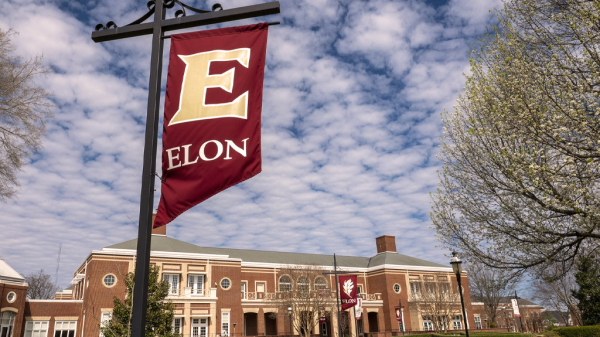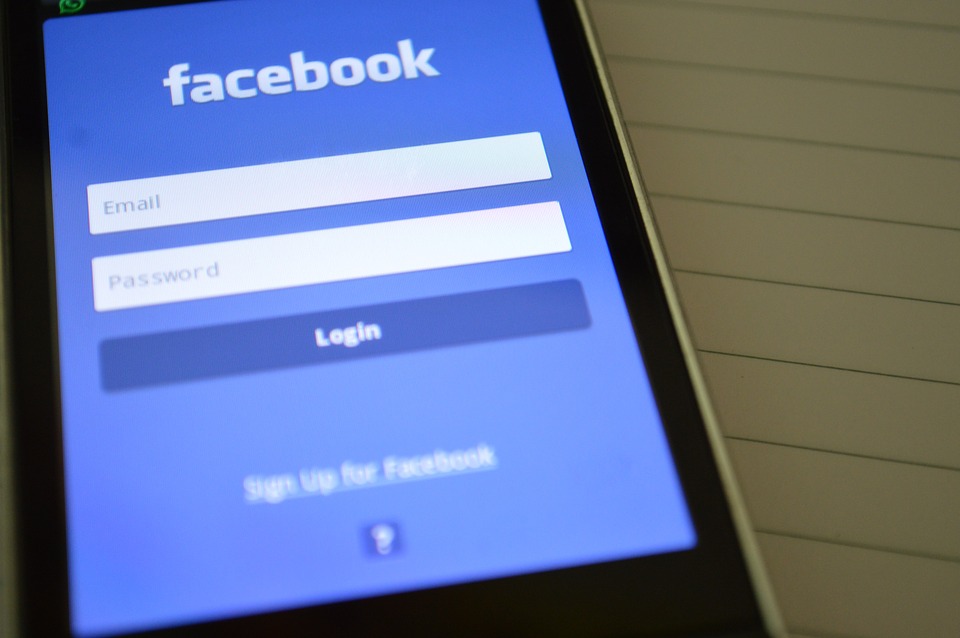Massive metric mistakes
Within the past year, Facebook has been rattled by massive metrics blunders.
![]()
Even its once-vaunted algorithm has come under increased scrutiny for failing to be judicious about its displayed content, whether in cases of privacy issues, trending fake news, or catering to people’s ideological bubbles.
Poking holes in the boat
Critics have pounced on these vulnerabilities, and have called into question the social networking giant’s accuracy in reporting data, and by extension, effectiveness of digital advertising.
But none threatens its bottom line like digital ad effectiveness.
At the core of the controversy stands issues like ‘viewability’ and ‘in-target reach’, the metric that media plans its measurements on.
A quickly sinking ship
Big brands have demanded digital ad giants like Facebook and Google to do more than “grade their own homeworks”, by implementing immediate safeguards for their clients.
Both companies seemed to have given way to such criticism and announced their willingness to share their ad metrics and data with Media Rating Council.
In January on this year, Facebook tried to further address these criticisms by expanding its third-party verification partnerships to a global total of 24, adding new ones like DoubleVerify, and strengthening existing ones, like Nielsens’s.
Bigger than just saying sorry
Calls for greater transparency forced Facebook’s hand to go beyond just damage control.
Facebook also launched a marketing portal to give advertiser measurement agencies greater insight into the media mix by collecting data from Facebook, Instagram and Audience Network.
But skepticism against digital media —especially ad targeting— is on the rise, and has suddenly found traction beyond the fringe disbelievers.
Subpar performance
A recent IAB (Internet Advertising Revenue) survey found that client satisfaction with digital marketing was below 30 per cent.
Critics also came from the very top.
Marc Pritchard, Chief Brand Officer of Proctor & Gamble has been particularly unsparing.
He’s not having it
Pritchard called out digital advertising for having “acute problems”, and delivering a “crappy” experience, all the while collecting revenues of $72 billion, “surpassing television”.
“We bombard consumers with thousands of ads a day, subject them to endless ad load times, interrupt them with pop-ups and overpopulate their screens and feeds. And with ad blockers growing 40% and fraud as high as 20%, who knows if they’re even seeing our ads”.
The benefit of doubt is over
Pritchard called the recent Facebook announcements of third-party partnership as “not enough.”
“At P&G we are choosing to vote with our dollars” he said, “We don’t want to waste time and money on a crappy media supply chain”.
While not all clients may be ready to equate inflated video views to mean ineffectiveness and failure of digital advertising strategies altogether, most clients are going to become increasingly analytical.
Oil and water, tech and advertising?
Ian Leslie of Financial Times argued The Mad Men of advertising have entirely lost the plot.
Leslie’s reasoning: Just a decade ago, advertising and technology were worlds apart.
Now, suddenly ads and tech are inextricably linked, making measurements of what works and what doesn’t entirely dependent on tech metrics that advertisers do not understand very well. Advertisers blind faith in the latest technologies has made them lose sight of what actually works. They are slowly realizing that digital landscape is suitable for certain types of products and not others.
Seeing isn’t alwas believing
“Interacting with a favored entertainer is different from interacting with a brand of rental car or orange juice” says Douglas Hoult in Harvard Business Review.
Visibility does not translate to revenue. More reach doesn’t make you richer.
The dominance of digital advertising giants like Facebook, and the tsunami-sized disruptions they have caused in the market cannot be overstated.
The costs of advertising
A 2016 survey showed that 79 percent of American local advertisers were cutting print advertising in newspapers to fund digital spends. A small business now spends between $1,000 and $2,000 a year on Facebook ads.
The irony is almost cruel. For example, Shahidha Bari of The Guardian asks poignantly in a rather philosophical essay, “Facebook is watching us, but who is watching Facebook?” At the very bottom of the page, The Guardian bemoans its falling revenues and asks for help to remain open for all.
Play your cards right
2016 may have been profitable for Facebook. But it was also a year of revelations—of the shortcomings of digital spending.
[clickToTweet tweet=”More people and companies are now questioning their blind dependency on digital advertising.” quote=”More people and companies are now questioning their blind dependency on digital advertising.”]
The challenge lies in asking the right ones. Properly assessing the efficacy of digital advertising is a good first step.
#FacebookAdBlowBack
Barnil is a Staff Writer at The American Genius. With a Master's Degree in International Relations, Barnil is a Research Assistant at UT, Austin. When he hikes, he falls. When he swims, he sinks. When he drives, others honk. But when he writes, people read.












































